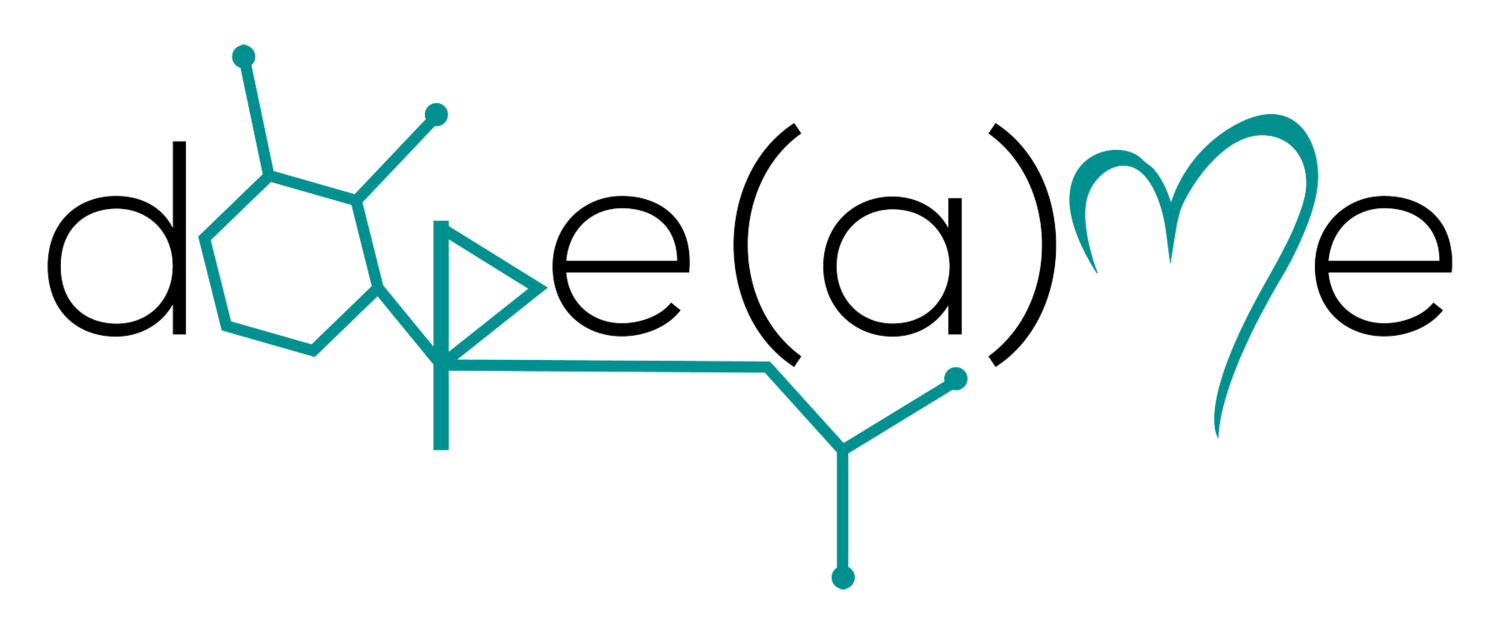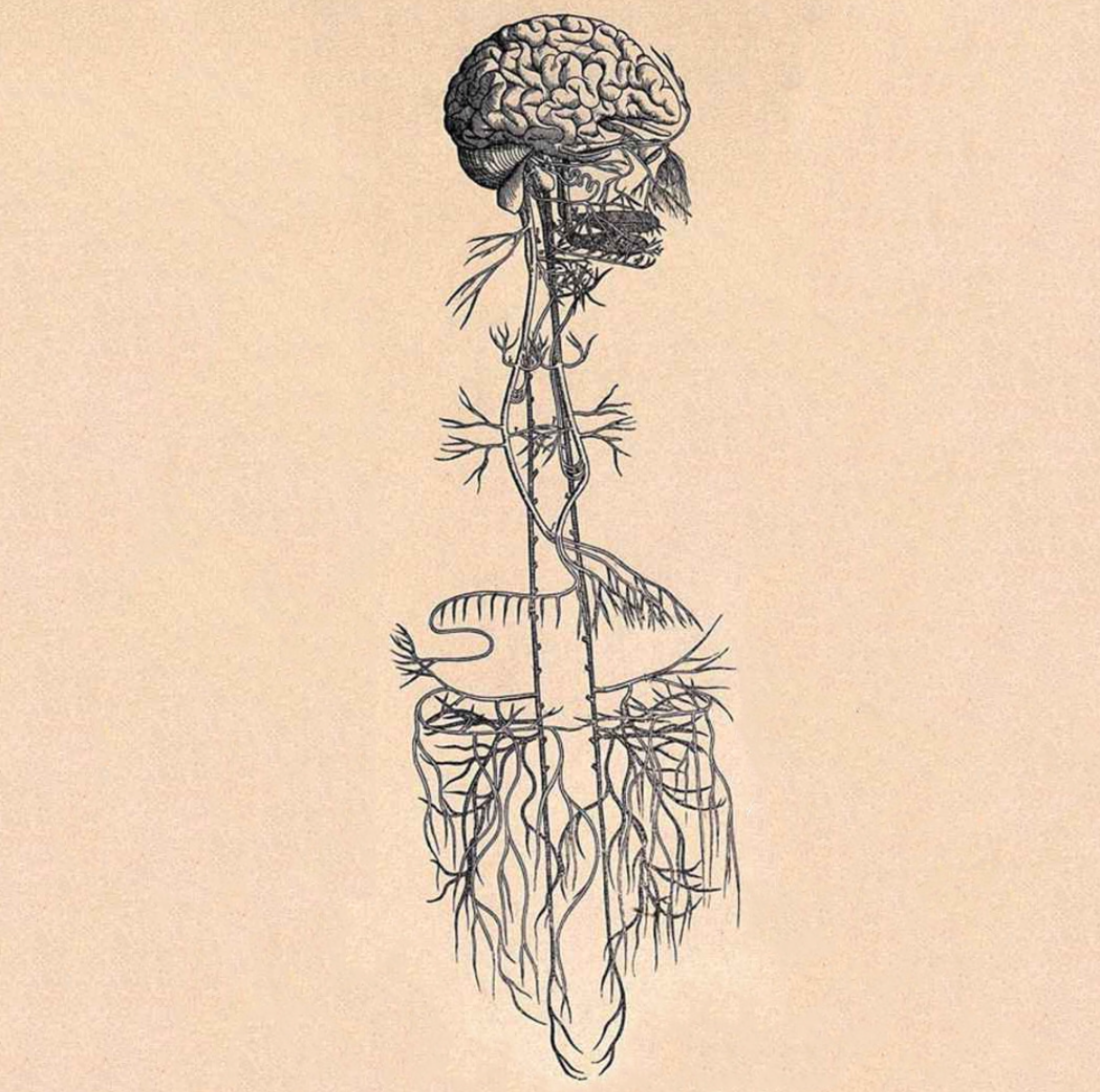I can see a clear timeline in my life: before I knew and practiced with the Vagus Nerve in mind, and after!
While I have been on a decade long journey to absorb, digest and practice new ways of thinking, being, moving and relating, it is the Vagus Nerve that tied that journey together with a bow. I finally had a physiological explanation for what I had experienced for many years.
I know I am not alone in my struggle with depression, anxiety and overwhelm. I spent most of my teenage and early adolescent years on an emotional roller coaster that would inevitably leave me in a state of shutdown that I felt completely victim to. I felt like a victim a lot actually. I didn’t understand why I would go from a goal-driven and hard working social person into suddenly a shell of who I am, saying things like “I don’t care” and “I am lazy” and then spend days or weeks in a state of complete darkness and lethargy. I felt like I had no control over my own mind and body.
In a previous post I detailed The Window of Tolerance, and how getting language for that shutdown as Hypoarousal was a gamechanger for me! Suddenly I didn’t feel broken, and I had clear actionable steps I could practice daily to down-regulate when in Hyperarousal, and up-regulate when in Hypoarousal.
The Vagus Nerve takes us to the next level of understanding the beauty of this human body.
We have 12 cranial nerves. The first nerve is anchored at the backs of the eyes, numbered in order of sequence, we find the 10th cranial nerve (Vagus Nerve) at the base of the skull, and it connects the brainstem to the body.
The Autonomic Nervous System has one primary function: to ensure the survival of our physical body. The Nervous System is composed of the brain, the brainstem, the cranial nerves, the spinal cord, the spinal nerves, and the enteric nerves. The Nervous System is functionally an upside triangle, the brainstem (and all basic autonomic functioning) being the point at the bottom, and our higher cortical functions are the long base of possibility at the top. The Vagus Nerve is a portal of communication sending stimuli from throughout the body, up to the brainstem, and then it gets spread and diversified to higher levels of brain functioning.
So, what do you need to know about this amazing nerve also known as “the wanderer”…
It has two main branches (down the left and right side), starting at the brain-stem, it wanders down the outside of the throat, through the lungs, heart, diaphragm, stomach, through the small intestines and it lands in the colon. It also has many periphery branches that spread out throughout the body, picking up on the frequency of danger versus safety.
It is heavily involved in the body's ability to calm down after the nervous system has been activated (aka the parasympathetic nervous system), which is our 'rest and digest,' 'stay and play,' 'feed and breed,' and 'restore and repair' abilities.
The Vagus Nerve impacts many facets of the mind and body...
1) Receives sensory input from throat, tongue, heart, lungs and abdomen to communicate “safety” signals to the rest of the body. Fun fact: the tongue actually becomes the pericardium, which wraps around the heart, and connects with the diaphragm.
2) Provides motor function/movement to muscles in neck for swallowing and speech
3) Heavily involved in function and health of the eyes
4) Responsible for (healthy) function of digestive tract, respiration and heart rate. And sends anti-inflammatory signals (healing frequency)
5) Gateway or locked door to higher states of consciousness (Gamma, Alpha and Theta)
6) Overactive Vagus Nerve activity leads to dorsal dive/loss of consciousness, depression/exhaustion, organ damage, inability for heart to pump blood around body (inability to heal)
The PolyVagal Thoery
Stephen Porges is known for his work in bringing the polyvagal theory to life. A brilliant way to understand the stress response and how our constant seeking for danger/safety influences our daily lives.
There are three main states we function within…
The Ventral Vagus (myelinated and frontal branch), interfaces with the Parasympathetic Nervous System, or in other words, serves as the "brakes" when in a stress response. This state is known as SOCIAL ENGAGEMENT (or the Window of Tolerance), as we are able to connect, laugh, grow, heal, learn, integrate, problem solve and be in the present moment or flow. This is the optimal state we want to be spending more and more time in.
The ventral vagus nerve controls down-regulation for the heart, lungs and digestive tract (guiding back down into the Window of Tolerance). Basically, it's main job is to send signals of safety when there has been a stress response. When we have a strong and healthy ventral vagus nerve we seek and initiate social contact.
2. The first line of defense when we interpret danger signals, is our fight or flight response which urges us to MOBILIZE! Get safety now. Fight or run your way to safety! This reaction sends an influx of energy to our limbs, major joints of the hips and shoulders, and jaw as we prepare for battle or a sprint from the scene. This is our Hyperarousal state. The priority of getting safety diverts all energy away from healing, growing, digesting, absorbing nutrients, or connecting with others. This is a necessary and vital part of survival, but you can see why this is not a state we want to be in for long.
3. The second line of defense takes over when our body stays in the stress response. In a real life scenario, this would be someone who is trapped, unable to flee or fight their way to safety. This is the SHUTDOWN response.
The Dorsal Vagus (non-myelinated and wanders down backside of body), when healthy and functional, toggles back and forth between arousal and relaxation (approximately 5x per second).
When the sympathetic system is too aroused (aka stuck in hyperarousal), the dorsal vagus nerve shuts down the entire system and we go into freeze/shutdown (or hypoarousal). This is most common in trauma, in shame, learned helplessness, victim-hood, and depression.
Remaining chronically in a dorsal vagal state when there is no longer any threat or danger robs us of our clarity, productivity, and joy of living until we can get back into a state that opens us back up to social engagement.
In our culture, we have become preoccupied with problems stemming from stress. Unfortunately, we have remained largely unaware that another danger to our health arises from the widespread condition of chronic activation of the Dorsal Vagus circuit.
An epidemic of people who walk around like "zombies," disconnected from their body (feelings and affect), and feeding into a negative feedback loop that takes them further and further away from health and optimization.
The Vagus Nerve must function properly in order for us to make healthy decisions, feel good emotionally, and interact positively with family, friends and others.
WHAT CAN I DO NOW to impact and strengthen my Vagus Nerve??
Slow down your Exhale, lengthen it to be a few seconds longer than the inhale
Create deep tones with humming or chanting (Humming Bee)
Gentle throat massage (think soothing and nourishing touch)
Gentle massage of the ears
Stick out your tongue and make an audible exhale sounds (Lion’s Breath)
Breath of Fire or double exhale
Belly Breathing (feel your whole torso expand with your inhale)
Cat/Cow movements
Hypopressive Breathing (pelvic floor lifts with inhale)
Mindful Eating (Connect with your breath and smell your food before ingesting. Ensure your body knows it is safe and ready to eat)
For more information, support and practice, the 4 Pillars of Stress Resiliency 8 week program is for YOU! A comprehensive self-lead journey to learn and implement simple tools of knowledge and practice to retrain your Nervous System! Reach out with questions or for more details.
xox
Marin
You made it this far?? Here is a video I made to describe the Vagus Nerve. The more you learn about it, the more you will understand its power!

